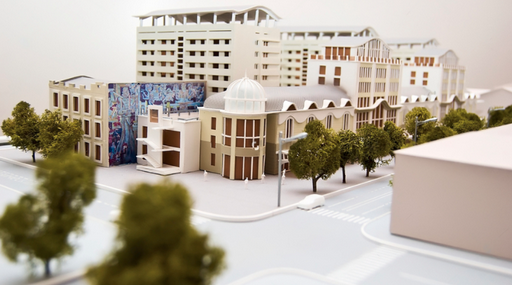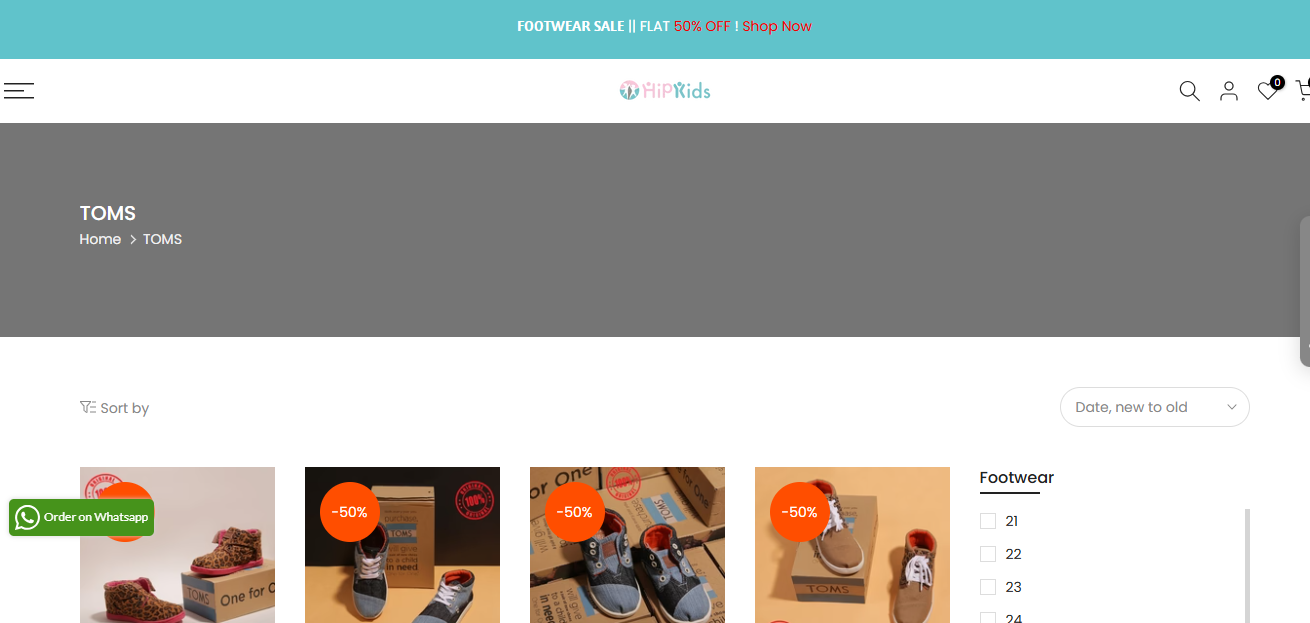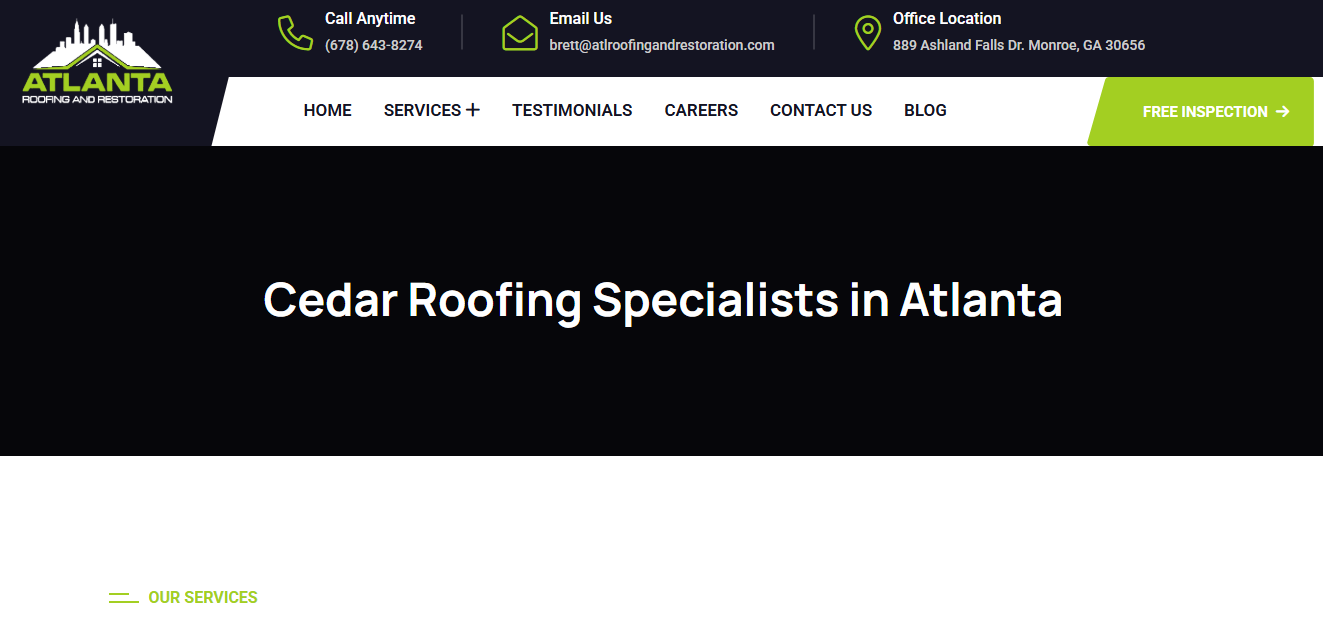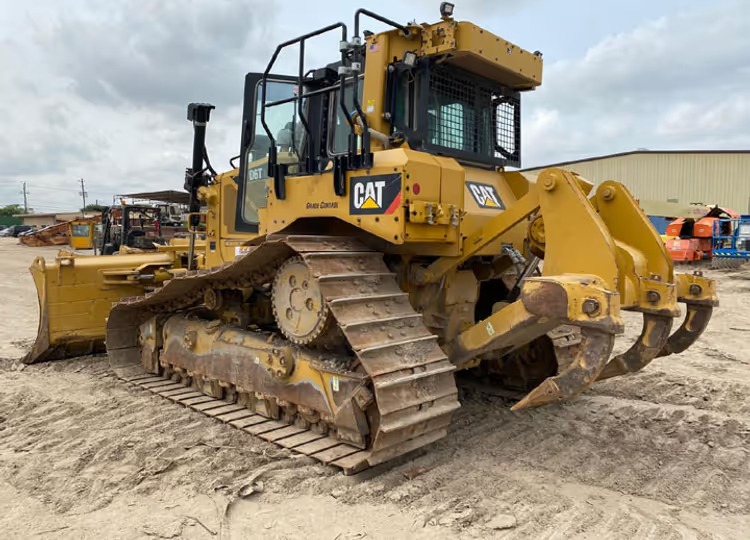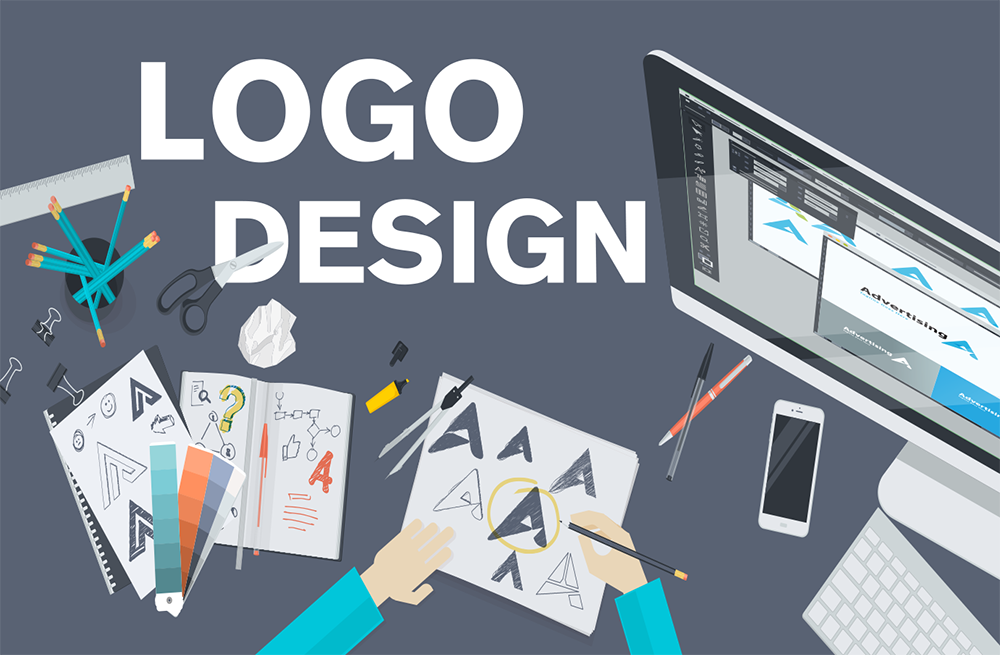Dubai is home to some of the world’s most innovative and visually impressive architectural projects. Large format architectural scale models for masterplan presentations are often featured in major exhibitions in the city.
These models serve as powerful tools for developers, architects, and designers to showcase their vision to potential investors, clients, and the general public. The process of featuring these models in exhibitions involves careful planning, design, and execution. Let’s explore how these exhibitions highlight large format architectural models and their role in influencing the industry.
The Importance of Large Format Models in Exhibitions
Large format architectural scale models Dubai play a vital role in exhibitions, especially in a city like Dubai, known for its ambitious construction projects. These models offer a tangible and interactive representation of large-scale urban developments, such as new city districts, commercial hubs, or residential communities. Unlike digital renderings or drawings, models provide a physical sense of space and scale that digital media cannot match.
For potential investors, government officials, and the public, large format models offer a concrete understanding of how a development will look once completed. In exhibitions, these models become a focal point, capturing attention and generating interest in the project.
Planning the Presentation for Major Exhibitions
The success of large format architectural scale models in exhibitions starts with careful planning. Architects, designers, and event organizers work together to determine the ideal layout, size, and design of the model for the exhibition space. The space must be large enough to accommodate the model and provide room for visitors to view it from multiple angles. It’s also important to consider the lighting, display options, and interactive elements that will enhance the visitor experience.
Many exhibitions in Dubai are held in prestigious venues such as the Dubai World Trade Centre or Dubai Design District. These venues are well-equipped to host large-scale architectural presentations. Organizers focus on ensuring the model is displayed prominently and is easily accessible to visitors. They often set up a dedicated area with clear pathways around the model to allow for close-up views.
Choosing the Right Scale for the Model
When preparing for major exhibitions, one of the most important decisions is choosing the right scale for the model. The scale needs to be large enough to provide detailed representations of key elements but small enough to fit the available exhibition space. Common scales for masterplan models in exhibitions are 1:500, 1:1000, and 1:2000.
For large, complex projects like entire city districts or mixed-use developments, a scale of 1:1000 or 1:2000 might be chosen to provide a broad overview. For smaller, more detailed projects, a scale of 1:500 may be preferred to allow for better representation of individual buildings, roads, and landscaping features.
Choosing the right scale ensures that the model accurately communicates the design while remaining easy to view and understand. This decision is crucial in exhibitions, as visitors typically have limited time to explore the model.
Interactive Features in Exhibitions
In recent years, many exhibitions in Dubai have incorporated interactive features into large format architectural scale models. These additions aim to engage visitors and offer a more immersive experience. One common interactive feature is the use of lighting or digital screens embedded within the model.
For example, lighting effects can be used to highlight certain areas of the model, such as key buildings or public spaces. Digital touchscreens can provide visitors with more information about specific aspects of the development, such as the types of materials used, sustainability features, or the projected timeline for construction.
Some exhibitions also incorporate augmented reality (AR) or virtual reality (VR) elements, allowing visitors to interact with the model digitally. These technologies enhance the viewing experience and allow visitors to explore different perspectives of the masterplan.
Creating a Story with the Model
A successful exhibition not only presents the architectural model but also tells a story. The model is often accompanied by narratives that explain the development’s key features, its purpose, and its impact on the city. This storytelling helps to connect the model with the broader context of the project.
For example, Dubai’s major exhibitions often feature models that highlight the city’s sustainable development efforts. The story behind the model might include the integration of green spaces, energy-efficient buildings, or the use of innovative construction techniques. The model serves as a visual aid to bring these ideas to life.
By creating a compelling story around the model, developers and architects can attract attention and make a lasting impression on exhibition attendees.
The Role of Large Format Models in Influencing Investors
Investors are one of the key audiences at major exhibitions featuring large format architectural scale models. These models provide potential investors with a physical representation of a project’s scale, design, and potential impact. For investors, the model is an important decision-making tool, helping them assess the viability and potential return on investment.
In Dubai, a city that is constantly evolving, large format models are often used to present ambitious real estate developments. They offer a unique opportunity for investors to visualize how their investment will contribute to the city’s growth. The model helps to build trust and confidence in the project, showcasing the attention to detail and thought that has gone into its design.
Conclusion
Large format architectural scale models play a central role in major exhibitions in Dubai. They serve as powerful tools for presenting complex masterplans in a clear, understandable way. Through careful planning, the right scale, and interactive features, these models engage visitors and help them visualize the future of the city.
For investors, the model provides a tangible representation of a project, influencing their decision-making process. In Dubai’s dynamic real estate market, these models are essential for attracting attention, generating interest, and securing investment.
